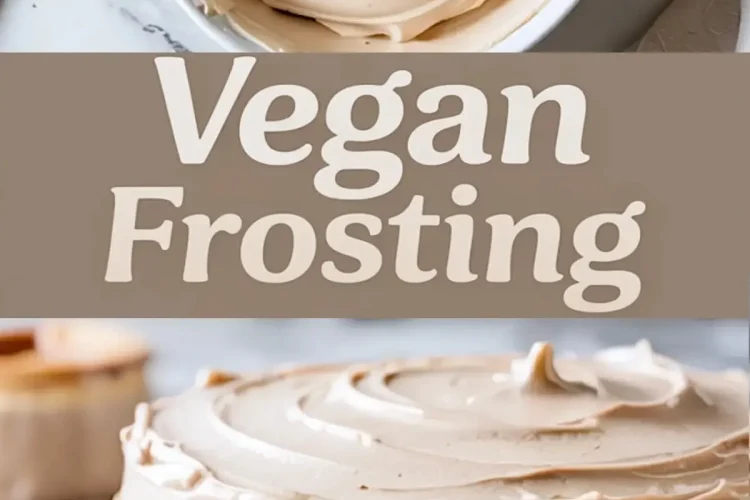Vegan buttercream frosting has come a long way since the gritty, overly sweet versions I tested years ago. This one pipes clean lines, keeps its shape at room temperature, and doesn’t taste like compromise. You’ll get a smooth, fluffy finish with clean vanilla flavor and a structure that behaves like traditional buttercream.
This recipe focuses on a stable vegan frosting that isn’t overly rich. It uses simple pantry ingredients. You’ll whip air into aquafaba, the liquid from canned chickpeas, then slowly build the texture using cold vegan butter. I’ve tested this dozens of times, and it’s the one I trust on vegan layer cakes, cookies, and cupcakes alike.
You’ll learn how to stabilize aquafaba without extra ingredients, which brands of butter give the best consistency, and how to fix texture problems as they happen.

Why Aquafaba Sets the Foundation for Stability
Aquafaba gives this frosting its lift. It mimics egg whites without the heaviness of dairy or the need for shortening. When you whip it long enough, aquafaba creates volume and structure.
In my notes, I’ve found the most consistent results come from chickpeas packed in no-salt-added water. Salted versions whip less reliably. Whipping to firm peaks takes a full five to seven minutes, and I don’t stop until I see a glossy, cloud-like texture.

This base sets up everything else. If it’s under-whipped, the frosting will break. If it’s whipped too long, it starts to collapse. Stand mixers do best here, especially for getting the peaks tall enough to support the fat.
You can store leftover aquafaba in the fridge and use it within three days. I’ve kept small jars labeled by date, and it always saves time when prepping ahead.
The Butter Matters More Than You Think
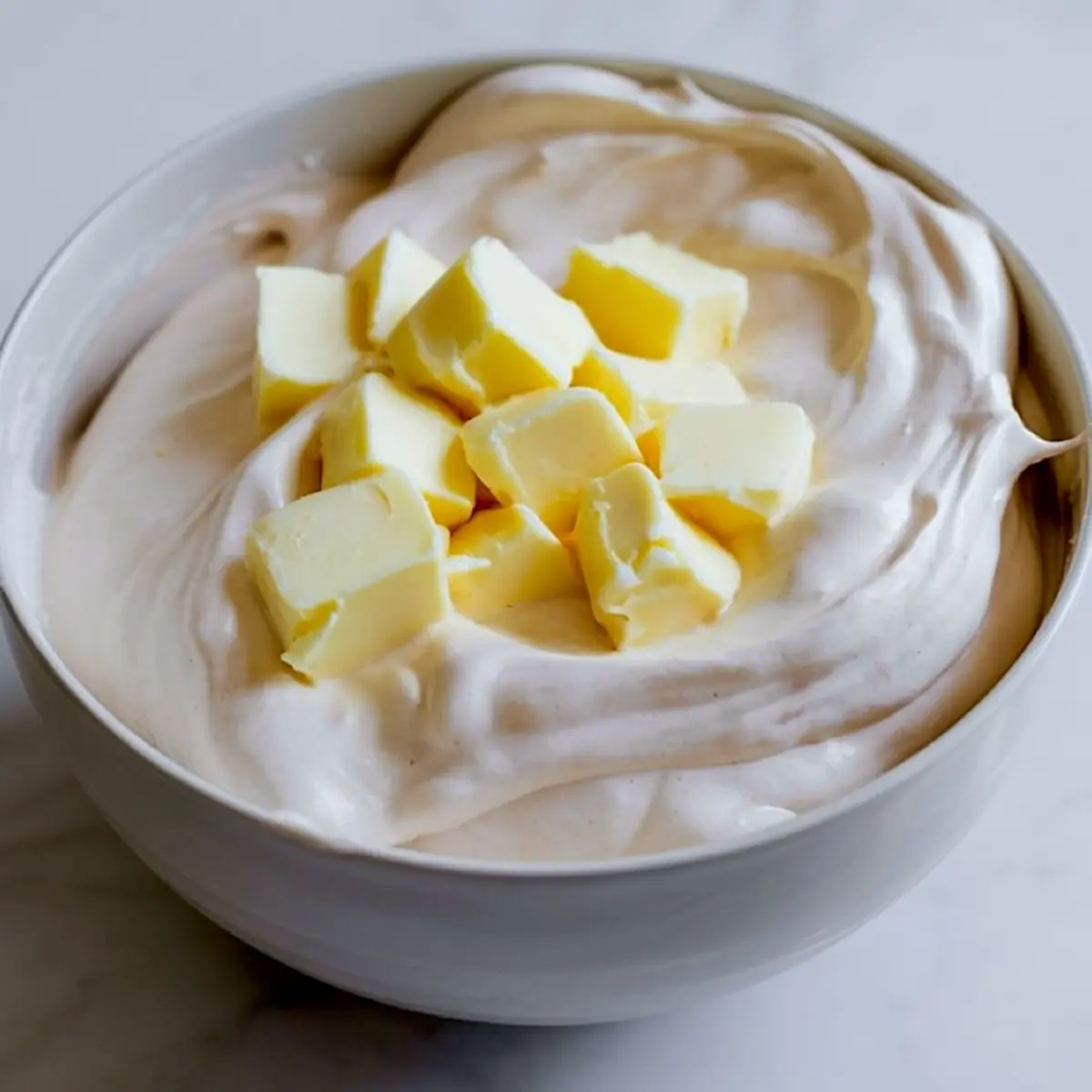
Vegan butter varies by brand. I’ve used many, from margarine-style spreads to stick-style blocks. For this recipe, the cold, firm block versions work best. They keep the structure tight and help the frosting hold its shape.
I’ve compared Earth Balance sticks and Miyoko’s Cultured Butter. Earth Balance holds longer at room temperature. Miyoko’s gives better flavor but softens quicker. If you’re frosting a cake for display or travel, I go with Earth Balance. For cupcakes served fresh, Miyoko’s works beautifully.
The butter must be cold. That’s not negotiable. Room temperature butter softens too fast, and the whipped structure breaks. I cut the stick into small cubes straight from the fridge. If it starts to melt between mixing stages, I chill the bowl for five minutes.
One more note: if using salted vegan butter, skip the pinch of salt in the recipe. Otherwise, you’ll overdo it.
Powdered Sugar Isn’t Just Sweetener. It Shapes the Texture.
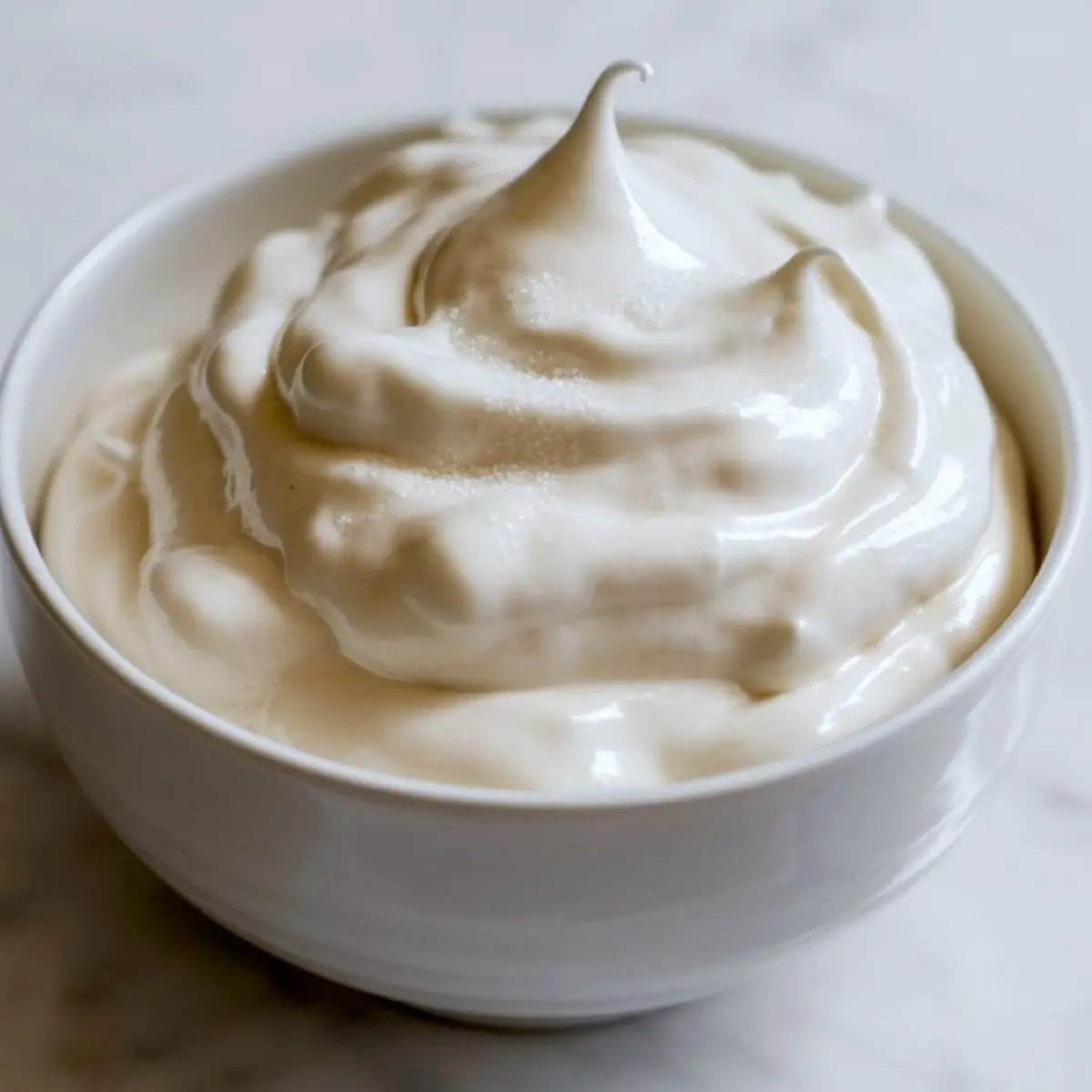
Powdered sugar helps stiffen the mix and gives a smooth mouthfeel. But it has to be sifted. I always sift it twice. The first time before measuring, the second directly into the mixing bowl. This prevents clumping, which affects texture.
Some brands add more starch than others. If your sugar has more than 3% cornstarch, reduce the amount by a tablespoon or two. You’ll still get enough structure without risking a dry finish.
I’ve used this same ratio in my dairy free frosting when developing a coconut-based version. The powdered sugar technique applies there too.
Step-by-Step Technique That Builds Stability
Start by whisking aquafaba to stiff peaks. This step sets your structure. If you see soft tips when lifting the whisk, keep going. It should look like whipped egg whites with a slight shine.
Reduce the speed and add the powdered sugar slowly. Rushing this step causes collapse. Once fully added, increase speed again until the texture tightens.
Add the butter cubes one at a time. I let each piece fully mix in before adding the next. The mixture may look broken midway through. That’s expected. Keep going. It comes together after the last few pieces.
Once smooth, add the vanilla and salt. A quick final whip evens it all out. If the frosting is soft, refrigerate it briefly and re-whip before using.
This method applies to cupcakes, layer cakes, even piped cookies. You’ll see how cleanly it spreads and how well it takes color if using food dye.
A Few Ways to Adjust Texture Midway
If the frosting turns too soft, chill it for 10 to 15 minutes. Don’t skip this. Re-whipping after chilling tightens the structure and improves volume.
If it looks dense or grainy, add a teaspoon of plant milk and whip again. Just one teaspoon at a time. Almond or oat milk work best. Avoid coconut milk unless you want added flavor.
If the frosting breaks or separates during mixing, it likely means your butter was too warm. In that case, refrigerate the whole bowl and give it another whip after it firms up.
Once you get the feel of it, you’ll know exactly what the mixture needs by look and sound.
How I Use This Vegan Buttercream in My Baking Rotation
I’ve used this frosting on my vegan birthday cakes, piped over cookies, and swirled onto muffins when I want something sweet and clean. It holds in the fridge for up to five days in a closed container.
Before reusing, bring it to room temperature and give it a quick whip. It comes right back to life. For decorating, I’ve had it hold piped rosettes for over 24 hours without wilting.
I often pair it with flavors that let the vanilla shine. My favorite combo lately is this frosting on my vegan pumpkin pie. It adds a sweet contrast without competing.
Serving and Storing Tips That Save You Time
If serving immediately, the frosting pipes best when slightly chilled. I chill the piping bag for 10 minutes before starting. For layer cakes, apply a crumb coat first, chill for 20 minutes, then apply a final layer.
To store, keep the frosting in a sealed container. It lasts five days refrigerated. If freezing, press plastic wrap directly onto the surface before sealing. Defrost overnight in the fridge and re-whip before use.
Leftover frosting makes a quick filling for sandwich cookies or can be swirled into vegan matcha cookies for contrast.
Save This One. It’s My Go-To Vegan Cake Frosting for a Reason
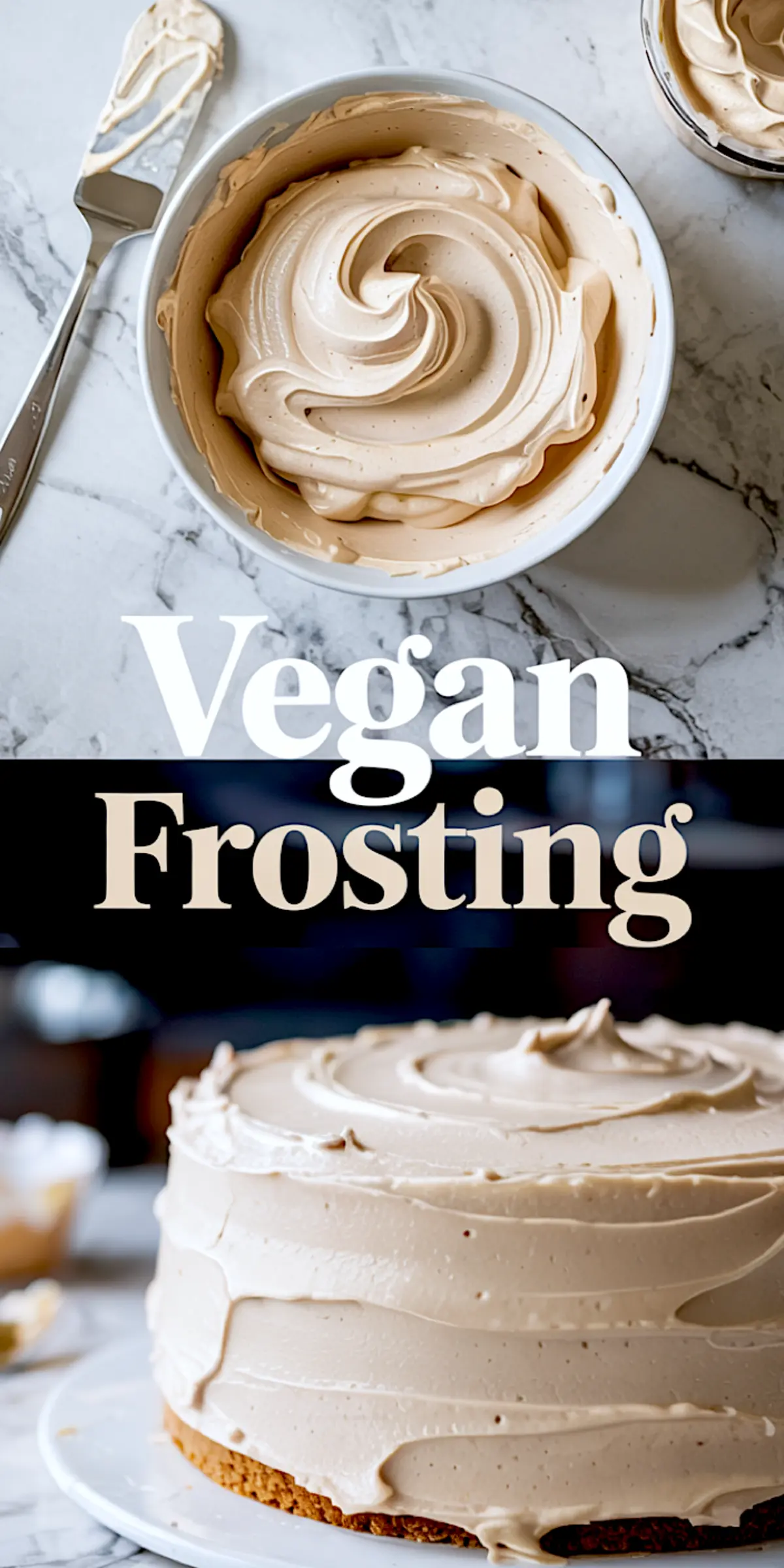
This vegan frosting recipe stays reliable, even across seasons. Once you learn the aquafaba structure and pick the right butter, you’ll feel confident using it on any vegan sweets.
If you found this recipe useful, save it to your Pinterest board so you can come back to it when baking for birthdays, holidays, or a quiet weekend.
Have a question about technique or want to share how yours turned out? Drop a comment. I read them all and answer when I can.
Vegan Frosting Recipe
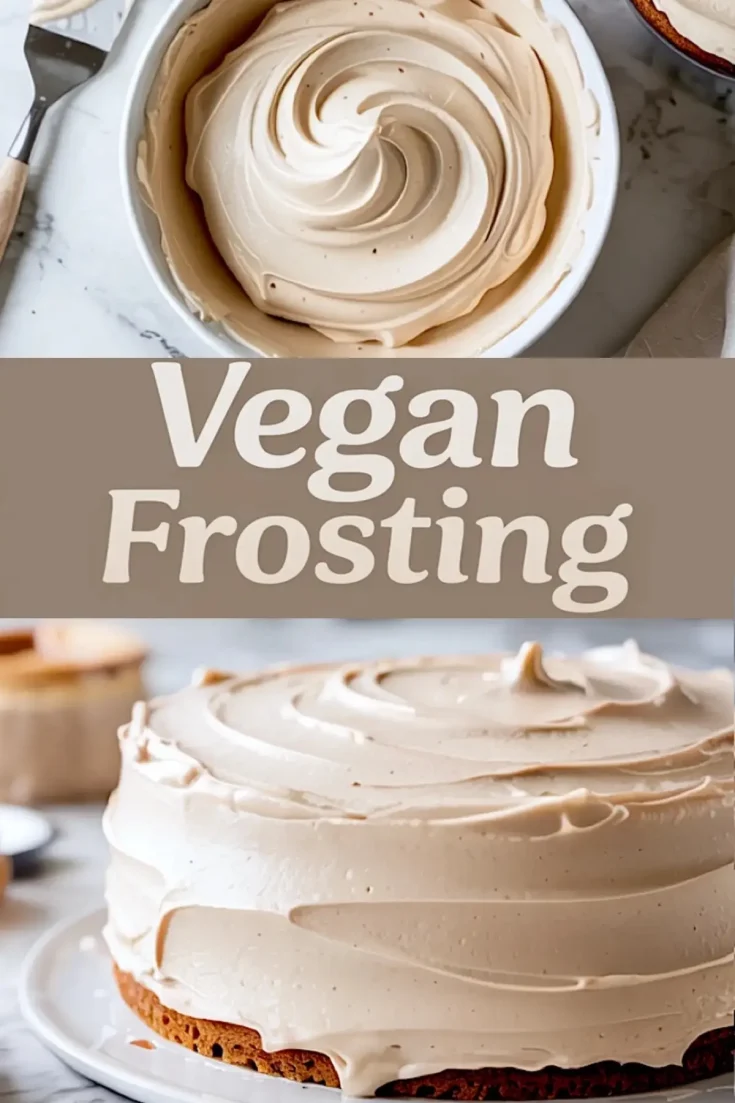
Vegan frosting recipe gives you a light, creamy buttercream without dairy. I use vegan butter and powdered sugar with a splash of vanilla and plant milk for smoothness. It whips up fast and pipes like a dream. This vegan buttercream frosting works for layered cakes, cupcakes, or cookies, and it holds its shape well without any dairy. It’s become my go-to vegan cake frosting when I want something sweet that doesn’t feel heavy. If you’re into vegan baking recipes or just want a reliable frosting for your favorite vegan cake recipes, this one’s easy and dependable.
Ingredients
- ½ cup aquafaba (liquid from canned chickpeas)
- ¾ cup powdered sugar, sifted
- ¾ cup vegan butter (cold, cut into pieces)
- 1 teaspoon vanilla extract (or clear vanilla for a whiter finish)
- Pinch of fine sea salt
Instructions
- WHIP THE AQUAFABA: Add aquafaba to the bowl of a stand mixer fitted with the whisk attachment. Whip on high speed for 5 to 7 minutes, or until stiff peaks form. The mixture should appear glossy and resemble whipped egg whites.
- ADD POWDERED SUGAR SLOWLY: Reduce mixer speed to low and gradually add the sifted powdered sugar. Once fully added, increase speed to medium-high and whip for 2 minutes until smooth and incorporated.
- INCORPORATE VEGAN BUTTER: With the mixer on medium speed, add the cold vegan butter one tablespoon at a time. The mixture may look curdled initially; continue mixing until it becomes smooth and cohesive.
- ADD VANILLA AND SALT: Pour in the vanilla extract and add a pinch of sea salt. Beat for another 30 seconds to combine the flavors evenly.
- ADJUST TEXTURE IF NEEDED: If the frosting feels too soft, chill it in the refrigerator for 10 to 15 minutes, then re-whip until light and fluffy.
- READY TO USE: Use immediately to pipe or spread onto cooled cakes, cupcakes, or cookies. For later use, refrigerate in an airtight container and re-whip before serving.
Notes
For the best results, use a stand mixer. Hand mixers may not whip the aquafaba as firmly. Avoid using room-temperature butter; it must be cold to help the frosting hold structure. If using salted vegan butter, omit the pinch of added salt.
Nutrition Information
Yield
1Serving Size
1Amount Per Serving Calories 1554Total Fat 137gSaturated Fat 26gTrans Fat 25gUnsaturated Fat 108gCholesterol 0mgSodium 138mgCarbohydrates 84gFiber 0gSugar 81gProtein 0g

